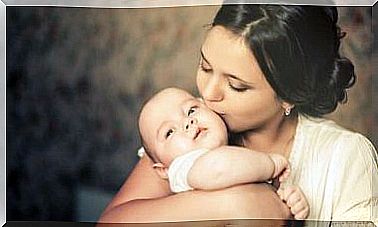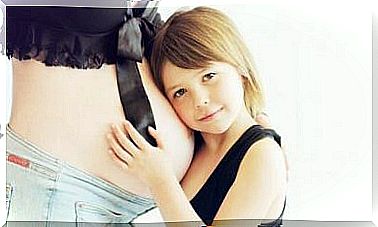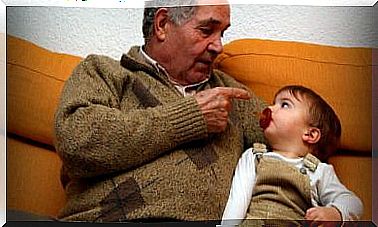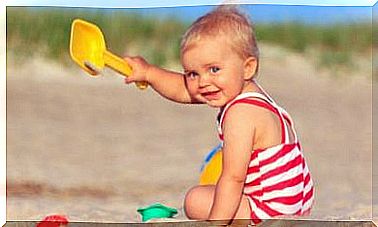Pathological Grief In Children: Understand The Process And Know How To Help
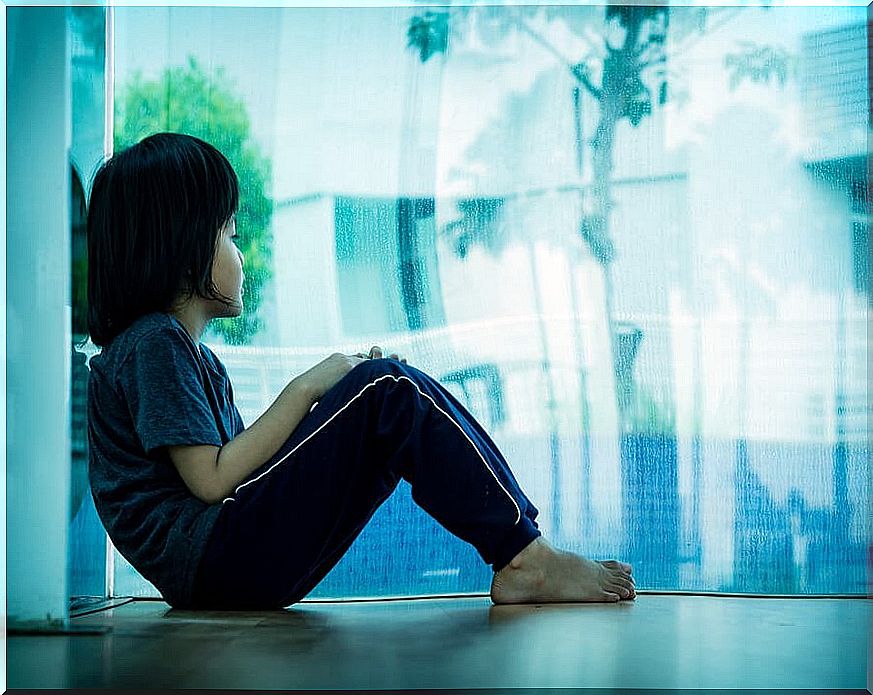
Children are able to understand the concept of death from the age of five. When a loved one dies, she experiences deep sadness and sometimes cannot express it.
Therefore, it is important to know what are the symptoms of pathological grief in children to help them to overcome this pain and, mainly, to overcome it in a healthy way.
What is pathological grief in children?
Pathological grief in children happens when the feeling of sadness lasts longer than usual. This feeling, of course, stems from the loss and can last for years if not handled properly by an expert.
Death is a natural process and grief is part of it. Therefore, it is important to be alert if symptoms persist. Also, don’t forget that for children this is a process that is not only painful but also confusing.
It is also important to emphasize that while grief usually occurs when a close person dies, it can also occur in other situations, such as parental separation.

Grief Symptoms
The symptoms of pathological grief in children are very varied and do not always occur all at the same time. But just identify one so you can take the necessary steps before the situation gets worse.
Depression
One of the first symptoms of pathological grief is when the child is submerged in a depressive state.
In this case, the child becomes apathetic and does not want to play or socialize. She feels sad and cries for any reason, sometimes even becoming aggressive.
trouble sleeping
Another of the most frequent symptoms is the child recurrently dreaming about the deceased relative. On many occasions she will be scared and wake up in the middle of the night. So insomnia is added to that problem.
Sadness
In practice, sadness is one of the feelings most present in children who go through pathological grief. On many occasions, she talks about her loved one and makes sure she feels or sees their presence in certain places. Anxiety and depression are also protagonists in this process.

Pathological grief in children: what to do?
It is important to determine how and when to convey information to children and how to deal with any feelings and behavior generated.
It is necessary to teach the little one to deal with the loss, accept it, express the pain, adjust to the environment without the presence of the loved one and, of course, replace the presence of the loved one with pleasant memories from before the loss.
Therapies
To deal with this kind of grief, it is helpful for both the child and the rest of the family, if necessary, to seek out various forms of therapy.
This will channel all the feelings that arose after the loss. There are three types of therapy: emotional, behavioral and cognitive.
patience, understanding and love
It is essential that the family unit demonstrates understanding and love for the feelings of others and, especially, for the child. Patience is another important factor.
In such cases, it is important to follow the therapists’ recommendations to prevent the situation and discouragement from getting worse. Control of the situation is essential.
Pathological grief in children is an extremely painful process that must be treated as soon as possible to avoid sequelae in the future. Love and understanding are a key part of dealing with this.



